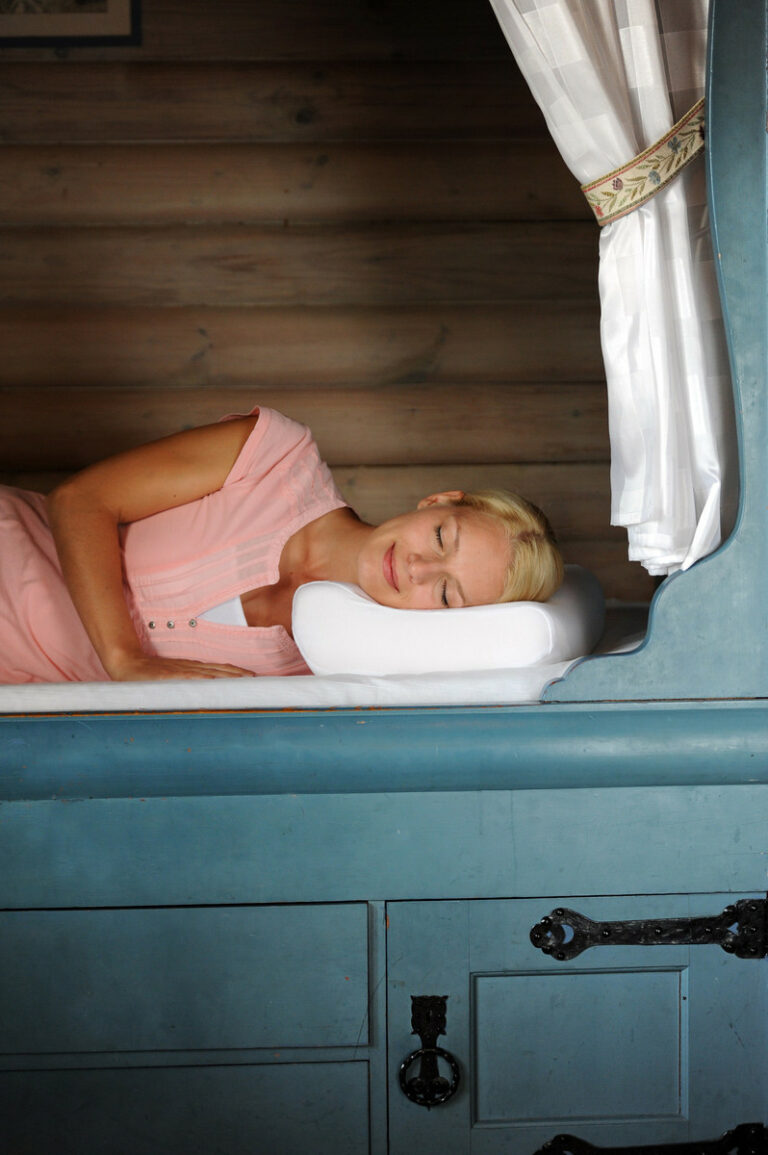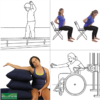Back pain is one of the most common ailments. The term back pain is a wide and varied one but usually relates to the lower back.Back pain can also be described as lumbar pain, sciatica, herniated disc, and lower back pain. The symptoms vary for the different conditions.
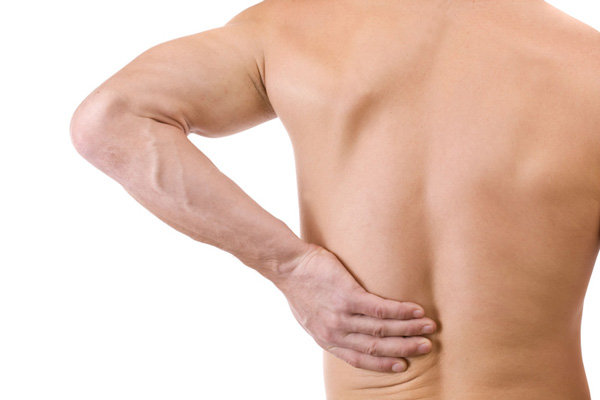
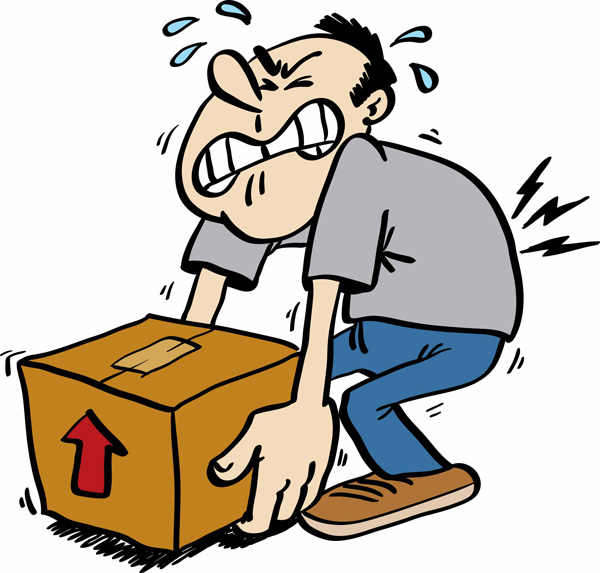
What causes back pain?
There are a number of different factors that can contribute to back pain. Depending of the severity of the pain it can be either easily treatable or may require more drastic measures such as surgery.
The most common cause of back pain is muscular sprain which is easily treatable and recovery time is relatively short.
What are the symptoms of back pain?
Back pain can be experienced in any part of the spine but it is usually felt in the lower part as this is the area that bears the most weight. Take caution when lifting objects – Big or small if an object is picked up incorrectly it can damage your back. Always bend your knees when picking up or placing down objects.
1.- Posture
Maintaining correct posture is a simple and easy solution to help treat and prevent back pain. Correct posture also has a number of health benefits; Facilitates breathing Helps toprevent muscular strain or back pain Facilitates concentration due to increased oxygen If you have difficulty maintaining correct posture then a Saunders posture support could help you. This support helps bring the spine into correct alignment by pulling back the shoulders and chors them into place with a velcro strap which is secured around the abdomen.
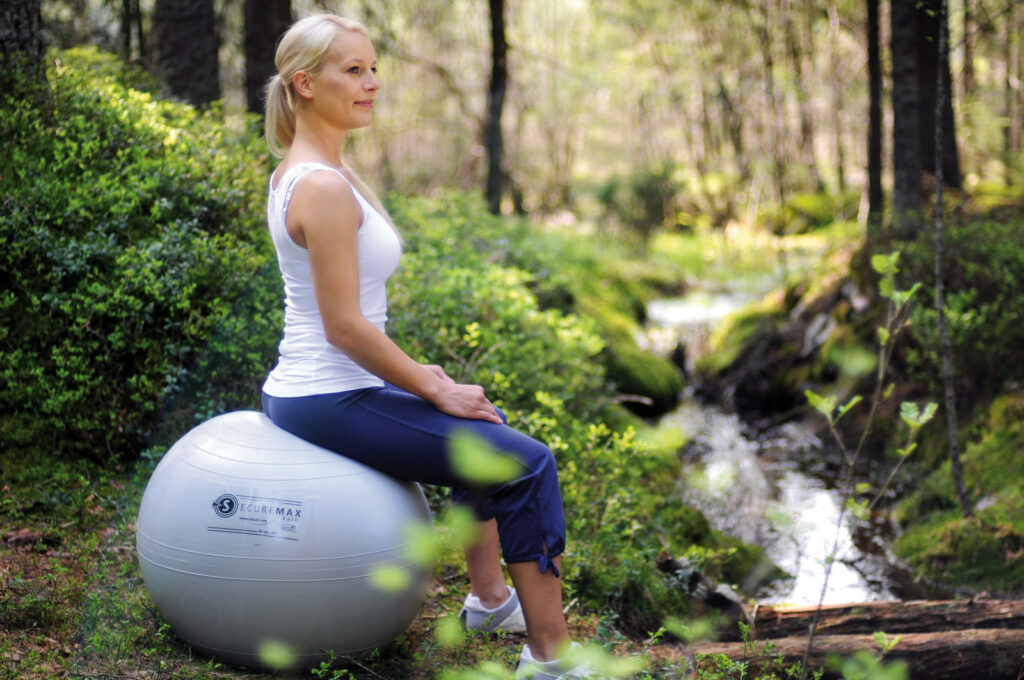
2. Support
Providing your back with optimum support in everyday activities can do wonders for improving back pain.
If your back is weak or injured a back support is crucial for comfort and support.
Back support cushions can be used in almost every chair and are portable and lightweight, giving you support on the go! The portable back up seat and the Sissel dorsaback are an entire portable seat that provide lumbar support and encourage correct posture.
A lumbar support belt can be worn if extra support is needed while standing or walking. These are secured around the lower back and fixed in place with a velcro strap.

3. Exercise
Yoga and pilates are a great way to exercise the back and improve flexibilty.
Foam rollers are great for rolling out the back to stretch out the muscles. They can be used on every area of the body and come in different densities and sizes. A long medium-firm density roller is suitable for back exercises as the user can lie lengthways on the roller and massage out the entire length of the back.
Resistance bands can be used for an extensive full body workout that challenge almost every muscle in your body. Maintaining a fit body can make everyday tasks easier, decreasing your risk of back pain or strain.
If you have nasty trigger points on your back you can use an Atlas Trigger Point Ball to massage them out.

4. Sleeping
Correct sleeping positions can be another simple and effective way to help improve the condition of your back.
Using a Sissel orthopaedic pillow can help with neck and shoulder pain. The unique angle of the pillow supports the neck and gently leads the spinal column into an anatomically correct position.
Supporting the knees during sleep can alleviate strain on the lower back. Place a pillow in between your knees if sleeping on your side, or beneath your knees if sleeping on your back. The V-Shaped pillow allows you to position your knees whichever way you sleep.
If back pain does not improve within 6 weeks it is recommended that you go see a doctor.
